Freckles are having their day in 2021. While society historically viewed freckles as unsightly (hence, the extravagant use of all those bonnets and gloves), freckles are having their revenge! From models beautifully bespeckled from head to toe to the trending faux freckles, freckles are gaining the spotlight. But what are they? Dive in with us as we unpack what freckles are, aren't, and how to protect skin from sun damage.

So. . .What are Freckles?
First off, freckles are technically skin's reaction to sun damage. They are small patches of discoloration- the result of a small over-production of melanin, sun damage, or spotting.
Since freckles are caused by an over-production of melanin, which is the pigment that gives skin its color. Fair skin tones have less melanin than darker skin tones, so they're more prone to freckles. Too much exposure to ultraviolet light over a period of years may also contribute to freckling.

Are Freckles and Moles the same thing?
Nope! As previously discussed, freckles are spots on the skin that are caused by melanin. They are usually uniform in color but may be darker or lighter than the surrounding skin. They are more common in people with light skin and/or red hair, though all skin tones can freckle under the right circumstances.
Moles, on the other hand, are usually darker than freckles and can be uniform or non-uniform in color. They can also be raised or flat, and their borders may be smooth or irregular. Moles are more common in people with light and dark skin.

Freckles form when melanocytes (the cells that produce melanin) become overactive and produce too much melanin. Moles, on the other hand, form when melanocytes become clusters of cells. While most moles are benign, some can be cancerous. If your mole grows rapidly over a short period of time, is bleeding, itchy, or discolored, get it checked by a dermatologist straight away!
How to Prevent Freckling
Hanging out in the sunshine for long periods of time, especially from an early age, puts you at risk for frecking. If someone has been tanning their entire lives and never wears sunscreen or other sun protection measures, they're likely to experience all kinds of freckling.
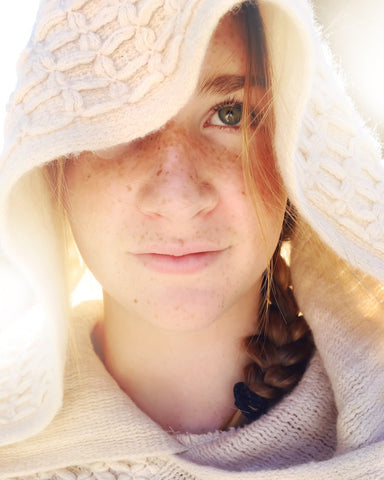
That's why you should avoid heavy exposure to UV radiation—whether it's from artificial sources like tanning beds or natural ones like going out in hot sunny weather—without covering up appropriately.
While we believe everyone should protect their skin from sun damage, we also admire a beautiful face of freckles. Here are some tips to avoid freckling:
1: Wear Sunscreen DAILY
We can't stress this enough! Even a few minutes of sun exposure repeated over time can cause some real skin damage. Get yourself a really good facial sunscreen with SPF 30. If your outfit leaves a lot of skin exposed, cover all areas with a good mineral sunscreen to keep your body protected. Don't forget to reapply every 80 minutes or sooner if playing in water. Here's our favorite body sunscreen.
2: Wear a Hat and Sunglasses When Outdoors

It's important to cover up your skin if you're planning an afternoon in the sunshine! That's doubly true if you're worried about freckling. We recommend finding a hat for all occasions and keeping it handy for grabbing at a moment's notice. Here's our favorite everyday hat.
3: Wear a Rashgaurd or Sunshirt When Swimming

Rashguards aren't just for surfing, babe! Right now, they're more popular than ever, with lots of colors, styles, and varieties to choose from. Here's one of our favorites.
4: Just say, "NO!" to Tanning Beds and Laying Out
Tanning beds are terrible for your skin. Numerous studies have linked them to causing skin cancer, not to mention wrinkles and freckles. Instead, try a clean self tanner. It will keep your skin glowing while avoiding sun damage and exposure to harmful UV rays.

In short, WEAR SPF, cover your skin, wear sunglasses and a hat, and never, never use tanning beds. And most importantly, love the skin you're in!
Stay beautiful, babe!
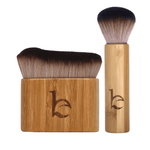
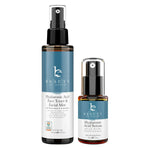






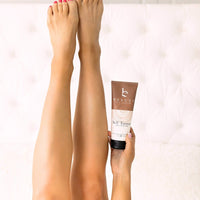








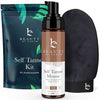

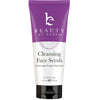


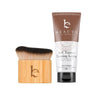









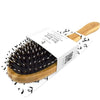
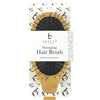
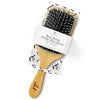

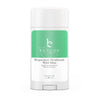



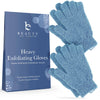
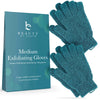
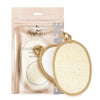
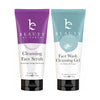










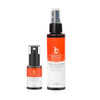




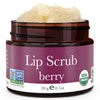
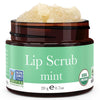
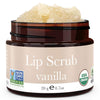





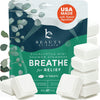
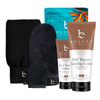
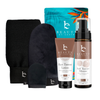













join the conversation